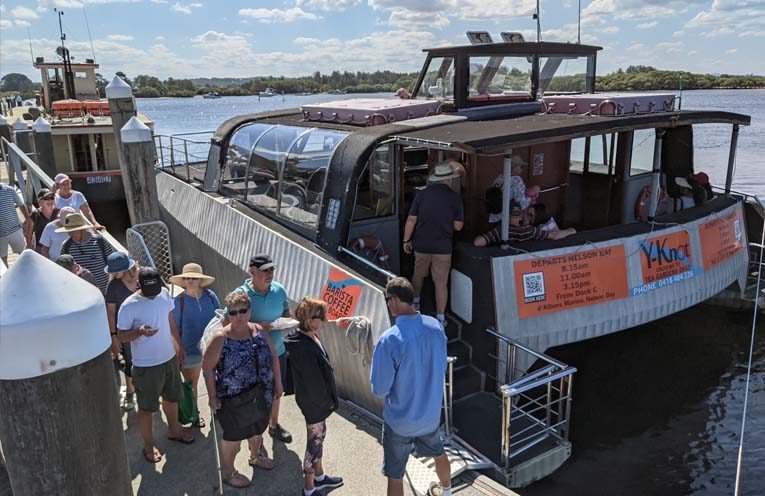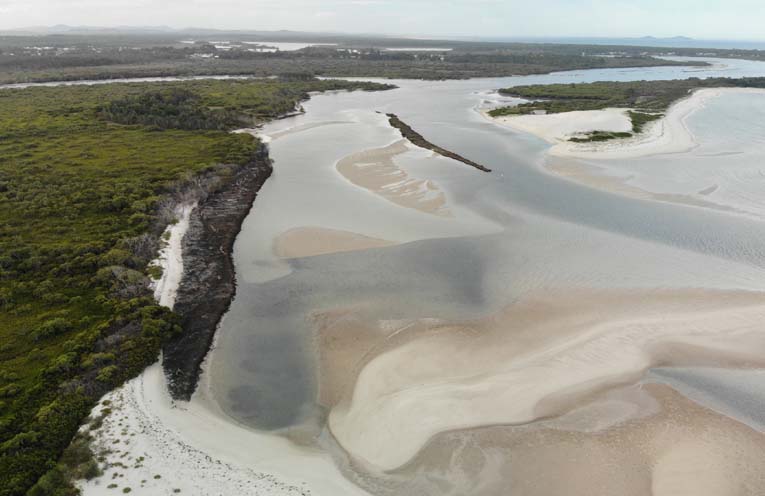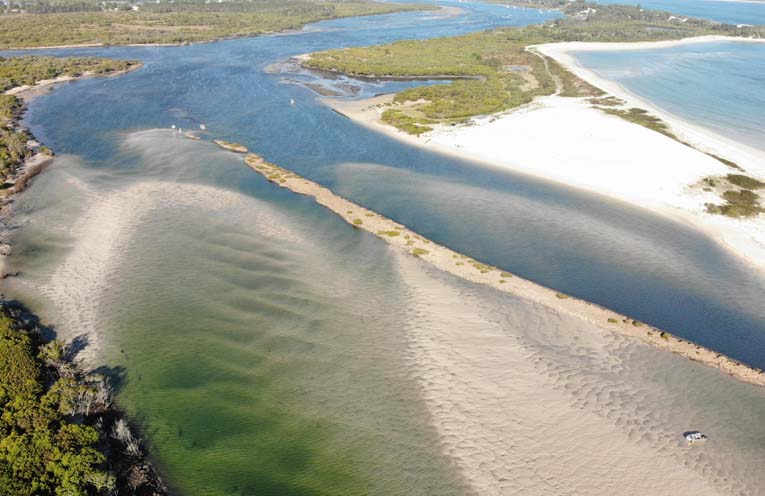
DEATH and disease in the Myall River system may soon be widespread, according to information from the Myall River Action Group (MRAG).
Despite expensive and extensive dredging back in 2020, natural forces are being contorted by the relics of many past man-made mistakes, inevitably restarting the choking accumulation of sand and sediment at the mouth of the Myall River.
 Advertise with News of The Area today.
Advertise with News of The Area today.It’s worth it for your business.
Message us.
Phone us – (02) 4981 8882.
Email us – media@newsofthearea.com.au
“What many people may not know, there have been at least four major mistakes made in the last century that have led to an unnatural situation that nature herself is trying to right,” Gordon Grainger of the MRAG told NOTA.
Mr Grainger referred to the 1909 artificial dredging north of Corrie Island, development-led erosion and subsequent obliteration of Myall Point in 1927, erosion from 1960s Jimmys Beach development, and costly trucking of sand from Bennetts Beach dunes more recently.
Noel Gaunt, lead skipper of the local ‘Y-Knot’ catamaran ferry service to Nelson Bay, told NOTA, “The ferry has touched the sand in the passage three times lately, and, since September 2022, the sand bar has encroached sixteen metres into the channel.
“In three to four months, we will be precluded from using it altogether,” Mr Gaunt added.
“Ferry service is essential to the local economy, bringing tourism, bike runs, and family visitors,” said Mr Gaunt, emphasising the utter necessity of a deep and navigable channel.
Drone images, provided by MRAG, clearly show considerable sand migration blocking both the passage nort
h of Corrie Island, and the original, natural passage to the east, which the local ferries use.
Perhaps not apparent, however, is the alarmingly low salinity of the estuary, which has direct health effects upon the local oyster and fish populations.
“Last year, we lost the entire Sydney Rock Oyster crop, and the recently established Pacific oysters are dying off now, too,” said Mr Gaunt.
Practical action is inhibited by a Kafkaesque gauntlet of nearly a dozen bureaucracies, from Council to Crown Lands.
NOTA will illuminate the various impacts in greater detail soon.
By Thomas O’KEEFE


